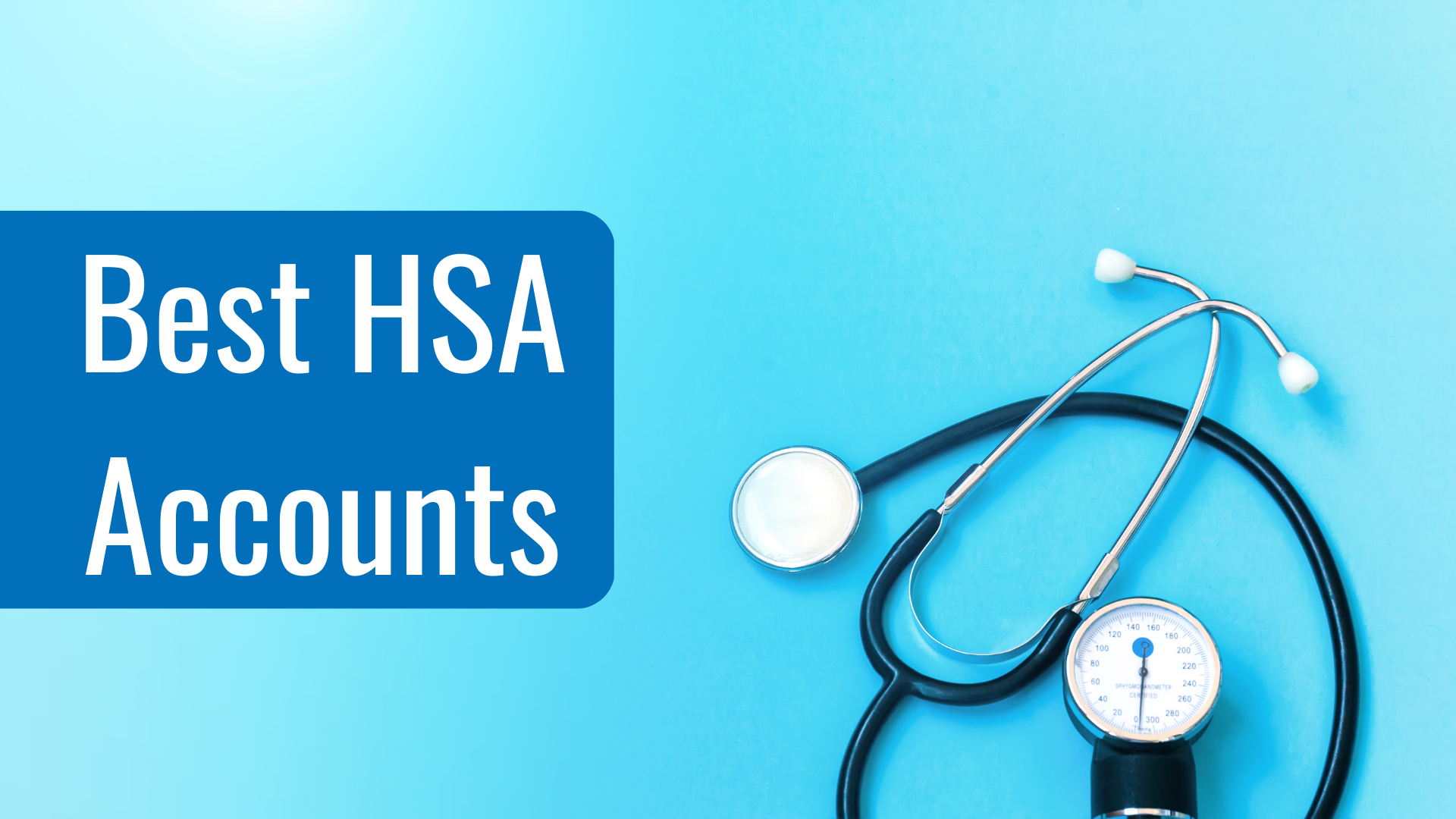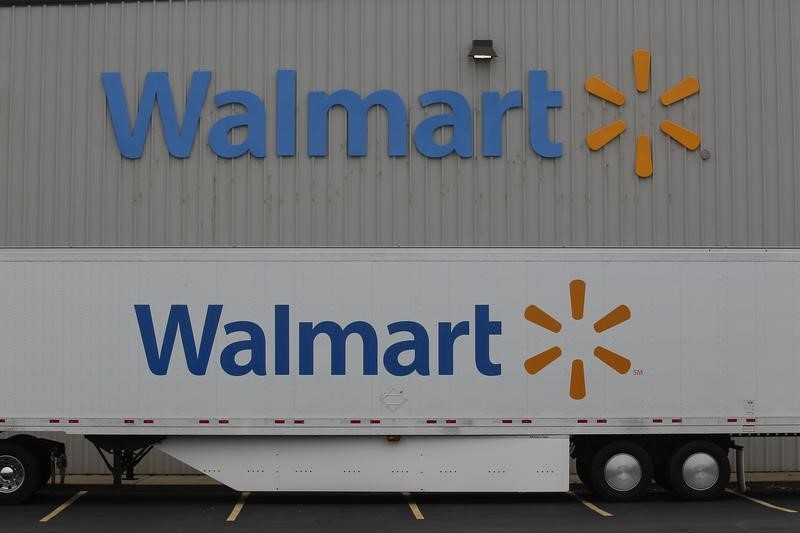Introduction
America has some of the best doctors, nurses, healthcare facilities, and medical technology in the world.
Our universities and research institutions churn out medical breakthroughs on a daily basis, and our healthcare professionals make medical miracles happen.
There’s no denying that the American healthcare system is capable of incredible things.
It’s also incredibly expensive.
The Survey of Income and Program Participation (SIPP) found that 19% of US households carried at least some amount of medical debt as of 2017, and there’s little hope that the situation has improved since then.
Some two-thirds of bankruptcies are caused by medical debt.
Policies like the Affordable Care Act were intended to make health insurance more accessible and affordable, but they’ve done little to curtail the costs of care or slow down the meteoric rise in premiums we see year after year.
High-deductible health plans (HDHPs) have become increasingly popular over the years, particularly among younger consumers who value lower premiums over lower deductibles.
Enrollment in HDHPs without health savings accounts (HSAs) among the roughly 60% of Americans between the ages of 18-64 with employment-based healthcare rose from 10.6% to 24.5% between 2007 and 2017.
Barebones HDHPs do have lower premiums than other plans, but that comes with the massive caveat of deductibles that could easily drain the accounts of HDHP subscribers should they ever need more than basic care, leaving the financial situations of millions perched precariously between health and bankruptcy.
Though no perfect solution has been found to control the country’s out-of-control healthcare costs, pairing HDHPs with HSAs has emerged as one of the better ways to minimize premiums while providing a financial cushion in case of unexpected health events.
Health savings accounts have been growing in popularity—HDHPs with HSAs comprised 18.9% of employer-supported health insurance plans as of 2017—though uptake is still relatively low compared to HDHPs without HSAs.
Although the idea behind HSAs is simple, finding a company to provide and manage HSAs isn’t quite as straightforward.
It can be hard to tell which firms in the HSA space are deserving of your business, and it isn’t a choice that should be made lightly.
Take Lively, the subject of this HSA review article, for instance. How well do they do what they do? How do they stack up against the competition? And most importantly: Do they deserve your business and your trust?
Health Savings Accounts
Health savings accounts are tax-exempt accounts that holders of HDHPs can use to set aside funds for future medical expenses.
As of 2023, individuals and families are eligible for HSAs if they select health plans with deductibles of at least $1,500 or $3,000, respectively (so, you know, almost everyone).
Contributions to HSAs like the Lively HSA are made on a pre-tax basis by eligible individuals—IE plan holders—or on their behalf by employers or family members.
Any funds contributed to an HSA, aside from those provided by employers, are deductible from the individual’s tax return whether or not they itemize deductions.
The government sets limits for how much one can contribute to their HSA every year, with 2023’s maximum contributions being capped at $3,850 or $7,750 for individuals and families, respectively.
Money kept in an HSA can be used to pay for deductibles, copayments, coinsurance, and other qualified medical expenses (though typically not insurance premiums) at any time.
Unused funds roll over to the next year, and an HSA will stay with its owner if they change employers or leave the workforce altogether.
HSA funds can be withdrawn for nonmedical purposes after the owner turns 65, but will incur a 20% penalty and income taxes on amounts withdrawn for nonmedical purposes before then.
Lively HSA
Lively is bringing the HSA into the modern era to make it easy to save costs of health TODAY and plan for the costs of tomorrow.
Moreover, like many HSAs…
…Lively makes it easier to manage rising costs through a Lively HSA.
All HSAs are provided and administered by trustees like banks, insurance companies, and other IRS-approved entities.
Some trustees treat HSAs like savings accounts and pay (tax-free) interest at market rates, while others take a more active approach and invest HSA funds on behalf of their owners.
Every trustee has their own set of costs, benefits, and considerations, all of which should be considered before opening an account with them. Some of the more important criteria are:
- Fees
- Account management costs
- Investment options
- Minimum account requirements
- How hard it is to open an account
- Debit card access
Here’s how Lively stands up to those criteria.
Fees
Lively doesn’t charge any fees at all for individual Lively HSAs.
No startup fees, no maintenance fees, no management fees, nothing.
They do charge a small 0.5% fee to access a Lively HSA guided portfolio, and an annual $24 fee for a Schwab health savings brokerage account, but both of those features are completely optional.
There aren’t many other HSA providers that offer what Lively does without imposing at least some fees.
It’s so rare, in fact, that it actually begs the question: How does Lively make money?
A cynical person might assume that there actually are some hidden fees or some other catch, but that doesn’t seem to be the case.
It seems like Lively makes its money by charging fees for additional services and charging employers $2.95 per employee per month for HSAs—effectively using institutional dollars to subsidize individual savers.
It might actually be a case of genuine altruism in the business world. Go figure.
Ease of Use and Account Creation
Lively wants to make opening and managing a Lively HSA as easy as humanly possible, and it seems like they’re pulling it off.
Their all-online account creation process is quick and easy. The whole process takes just a few minutes.
The interfaces of both their browser-based platform and their app are streamlined to the point of being self-explanatory. You’ll never have to wonder where to click to find what you’re looking for.
There’s a whole library’s worth of tutorials and FAQs to help you through any confusing aspects of the process. If you do happen to have a question or two during the account creation process, your answers will be right here!
And if you really can’t figure out how to do it, you can always reach out to Lively’s support staff and have them walk you through it.
The platform’s commitment to ease-of-use doesn’t end when your account is up and running.
It just takes a second to connect your Lively HSA to your bank account, perform a one-time transfer, or set up sweep or recurring transfers at any amount or interval that’s most convenient for you.
They’ll even take on the lion’s share of the work if you want to transfer an HSA to Lively from another HSA provider.
Managing your account is just as simple as the rest of the experience you’ll get with Lively.
Both the web and app dashboards provide itemized records of all incoming and outgoing transactions that are updated in near real-time.
Spending and Reimbursement
You have a couple options for paying for care, deductibles, and other qualified medical expenses from your Lively HSA account.
The first payment option is the physical and/or digital (via Apple Pay or similar) debit card that Lively provides its account holders.
The cards are functionally identical to any other debit cards save for the fact that they’re connected to your Lively HSA and are intended only for use on deductibles, care, and other qualified medical expenses.
Though there’s nothing exceptional about them, it’s really hard to beat the convenience of being able to pay medical expenses directly instead of via a bureaucratic tangle of paperwork and red tape.
If you don’t pay for your expenses using the provided debit cards, Lively has a robust and nearly effortless reimbursement process in place to make sure you get repaid in a hurry.
It’s hard to say exactly how long it’ll take to get reimbursed without actually trying it for yourself, but submitting the reimbursement requests themselves shouldn’t take more than a couple minutes.
Investments
Lively lets you invest your Lively HSA funds in either a Schwab Health Savings Brokerage Account or a HSA Guided Portfolio from Devenir.
The Schwab option gives you a lot of control over where your Lively HSA funds go, with a long list of options encompassing stocks, bonds, mutual funds, and exchange-traded funds to choose from. What you do with your portfolio is up to you, though they also let you give your financial advisor access to your portfolio to handle the investments for you.
The Schwab brokerage account comes at the price of $24 annually. It’s also subject to a number of transaction costs and other fees, though you can avoid most of those fees by investing $3,000 or more.
There’s no minimum investment size for the Devenir guided portfolio option, but it does come with an annual fee of 0.50% of invested assets. This option lets you select from a list of funds to choose from, some of which may also come with their own management fees.
Lively HSA Customer Service
You can reach Lively Monday through Friday from 8:00 AM to 6:00 PM PT.
Phone: 1 (888) 576-4837
E-mail: [email protected]
There is also a Support Center with HSA Guides, FAQs, and an HSA calculator.
The HSA Guides will cover topics like:
- Terminology 101
- Benefits of an HSA
- How to maximize your savings
- Health savings account vs. Flexible savings account
- Using your HSA funds
- And much more!
That is right – the HSA guides cover everything that financial experts have to say about:
- Getting a health savings account; and
- Using it effectively to save for medical expenses and reduce your taxable income.
The HSA Calculator can show you:
- Your HSA savings and investments potential over time.
- How much you are eligible to contribute to your HSA.
- How one health plan cost compares to other health plans costs.
The Lively HSA FAQ section can answer questions like:
- What records do I need to keep to justify spending money on a qualified medical expense?
- Why should I put money into my HSA over some other savings vehicle (e.g., 401(k))?
- What happens if I use my money to pay for a non-qualified expense?
- If I have a family, can I still have an HSA?
So, if you have any questions – Lively will likely be able to answer those for you.
Conclusion
Lively is an excellent choice for individuals looking to open an HSA.
Their signup process is short and sweet, their interface is clear and easy to use, and they’ve gone to great lengths to make what could be an obnoxious experience into a no-brainer in every sense.
It would be nice to see some other investment options, particularly if those options were as fee-free as the rest of Lively, but it’s really not that big a deal when you take the rest of what Lively offers into account.
If you’d like to check out some other HSA providers not mentioned in our Lively HSA Review, read our list of the Best HSA Accounts!
















